Archives
- 2025-11
- 2025-10
- 2025-09
- 2025-03
- 2025-02
- 2025-01
- 2024-12
- 2024-11
- 2024-10
- 2024-09
- 2024-08
- 2024-07
- 2024-06
- 2024-05
- 2024-04
- 2024-03
- 2024-02
- 2024-01
- 2023-12
- 2023-11
- 2023-10
- 2023-09
- 2023-08
- 2023-07
- 2023-06
- 2023-05
- 2023-04
- 2023-03
- 2023-02
- 2023-01
- 2022-12
- 2022-11
- 2022-10
- 2022-09
- 2022-08
- 2022-07
- 2022-06
- 2022-05
- 2022-04
- 2022-03
- 2022-02
- 2022-01
- 2021-12
- 2021-11
- 2021-10
- 2021-09
- 2021-08
- 2021-07
- 2021-06
- 2021-05
- 2021-04
- 2021-03
- 2021-02
- 2021-01
- 2020-12
- 2020-11
- 2020-10
- 2020-09
- 2020-08
- 2020-07
- 2020-06
- 2020-05
- 2020-04
- 2020-03
- 2020-02
- 2020-01
- 2019-12
- 2019-11
- 2019-10
- 2019-09
- 2019-08
- 2019-07
- 2019-06
- 2019-05
- 2019-04
- 2018-11
- 2018-10
- 2018-07
-
In this study we demonstrated that DRR protein level
2025-01-16
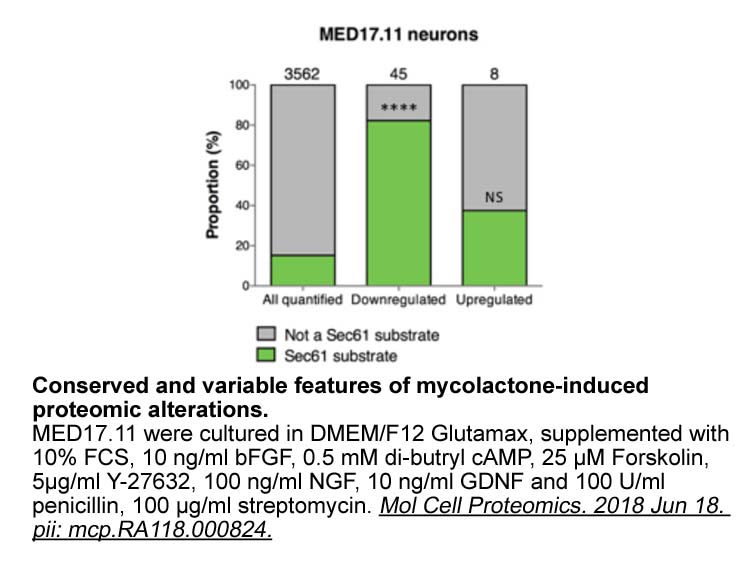
In this study, we demonstrated that DRR1 protein level in GBM tissues was significantly higher compared to normal BH3I-1 tissues. This data suggested that DRR1 might play a role in the tumorigenesis of glioma. To investigate whether DRR1 could accurately predict the outcome in patients with glioma,
-
Circulating adrenal derived stress hormones epinephrine and
2025-01-16
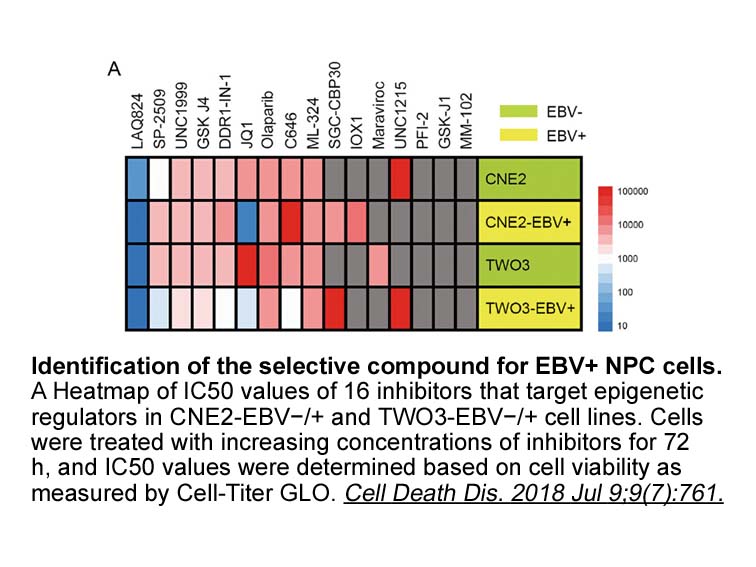
Circulating adrenal-derived stress hormones, epinephrine and corticosterone mediate their tissue effects through adrenergic (AR; α and β) and glucocorticoid (GR) receptors. AR are widely distributed throughout the body and although epinephrine is a prototypical agonist for all types of AR, the selec
-
br Materials and methods br Results Bilateral microinjection
2025-01-16
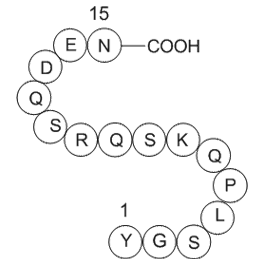
Materials and methods Results Bilateral microinjections (n = 6) of 10 mM ACh (300–500 pmol) and 5 mM physostigmine (150–250 pmol) at the two selected caudal NTS sites caused within 1 min significant increases in respiratory frequency (from 54.5 ± 1.7 to 70.9 ± 4.1 breaths/min; +30.8 ± 7.0%; P
-
br Diabetes and obesity fit or fat sugar or not
2025-01-15

Diabetes and obesity: fit or fat; sugar or not: the autophagic verdict Type 2 diabetes and obesity are among the most emerging health problems worldwide. The factors that are responsible for the establishment of diabetes include decreased Deacetylase Inhibitor Cocktail production, rise in adipos
-
TUNEL assay Apoptotic DNA fragmentation
2025-01-15
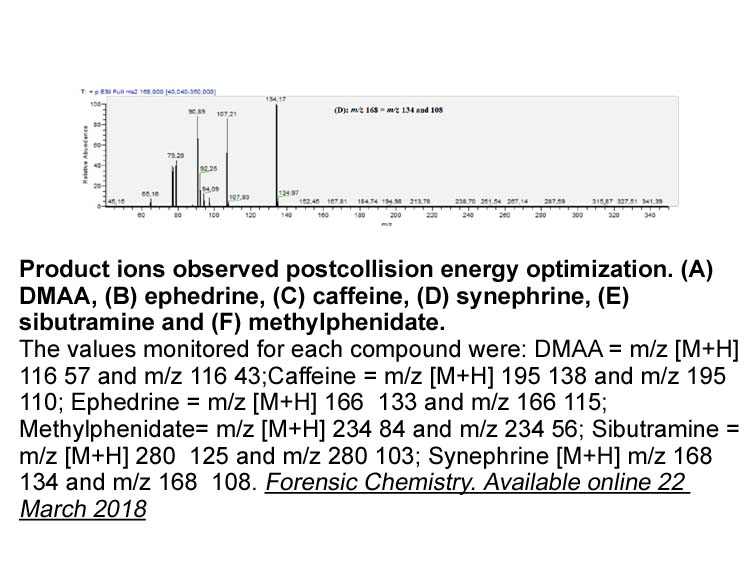
TUNEL assay. Apoptotic DNA fragmentation in Asiaticoside was measured using a commercially available TUNEL assay kit (Thermo Fisher). Frozen cells were fixed with 10% paraformaldehyde/PBS. Apoptosis was determined by staining the 3′-OH ends of fragmented DNA with biotin-dNTP using DNA I klenow fragm
-
The mechanism governing how mechanotransduction signals
2025-01-15
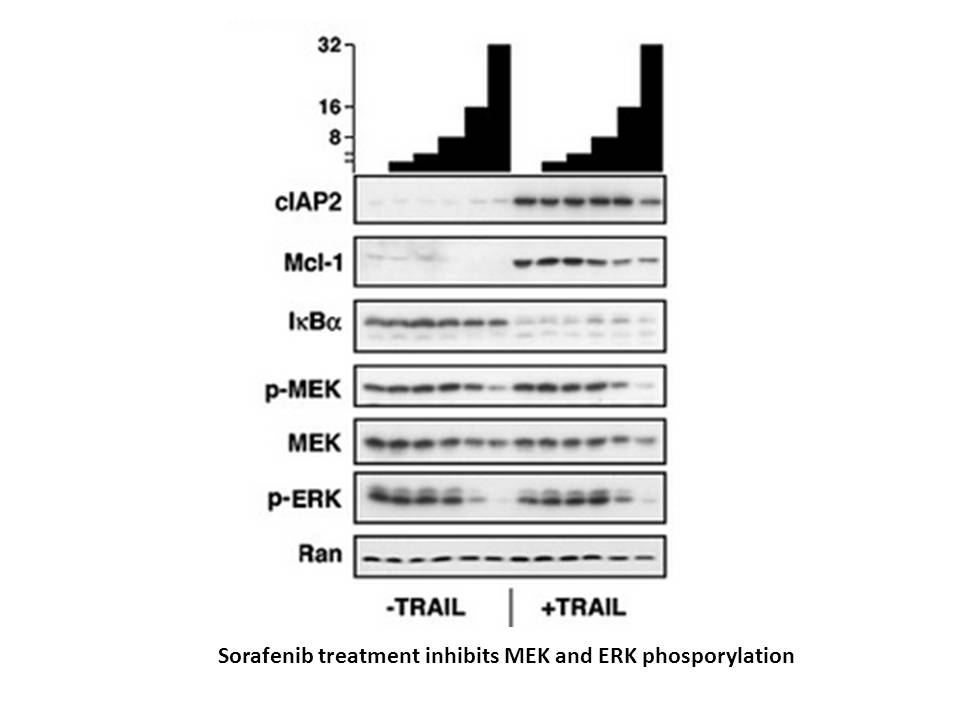
The mechanism governing how mechanotransduction signals regulate a number of genes involved in cartilage hemostasis remains unclarified. Mitogen-activated protein kinase (MAPK) pathways are activated by static and dynamic compression of cartilage (31 32). c-Fos/AP-1 is downstream of the MAPK pathway
-
br Materials and methods br Results br Discussion Diabetic k
2025-01-15
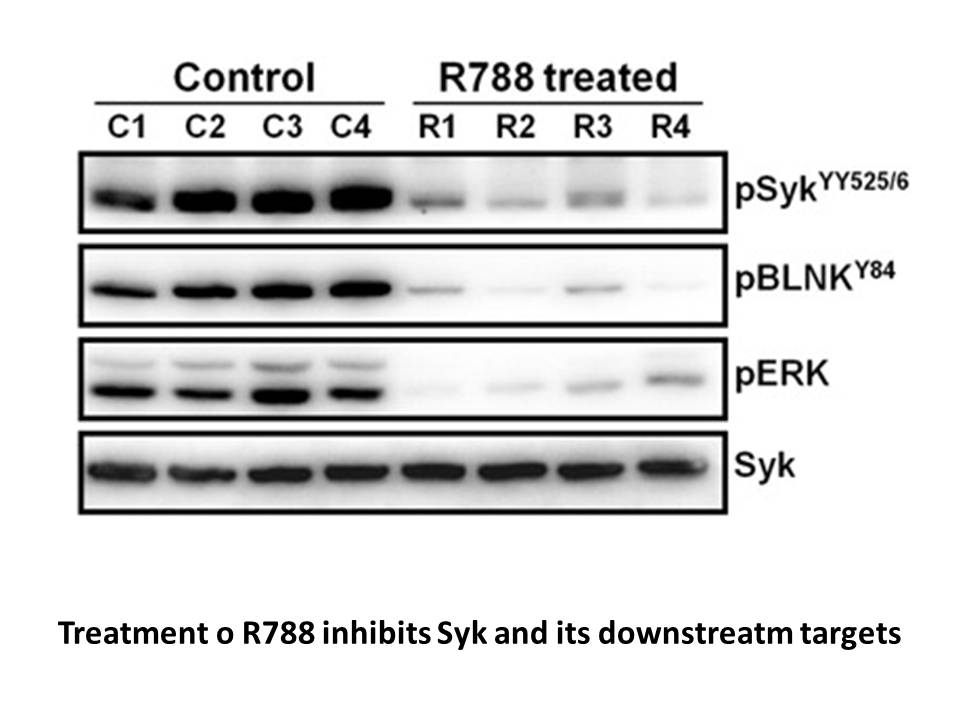
Materials and methods Results Discussion Diabetic kidney disease (DKD) is the most common cause of end-stage renal disease [15], [16]. The pathogenesis of DKD is not fully understood, and there is no effective treatment. Although previous studies suggested that early lesions of DKD are foun
-
In conclusion we demonstrated that in the skeletal muscle
2025-01-15
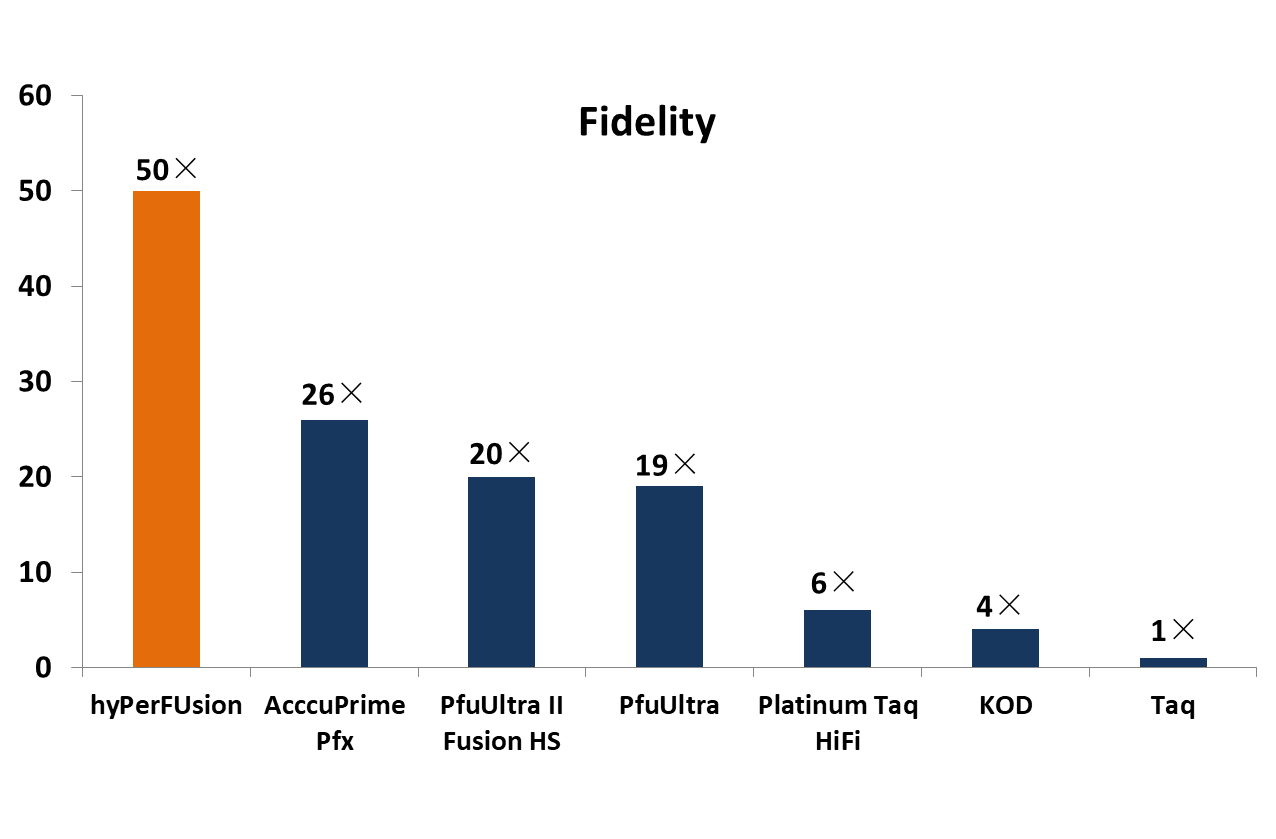
In conclusion, we demonstrated that, in the skeletal muscle of rats with T1DM, CRBN levels increased and AMPK, Akt, GLUT4, PGC-1α, and FNDC5 levels decreased, resulting in increased fasting glucose levels. Aerobic exercise training decreased levels of CRBN, which was possibly mediated by AMPK, Akt,
-
Angiotensin 1/2 (1-7) amide The numbers and types of molecul
2025-01-15
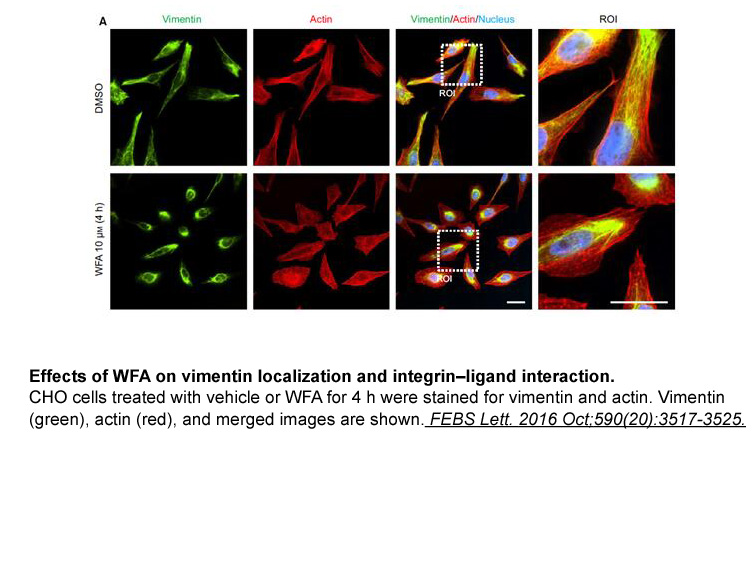
The numbers and types of molecules needing to be transported across membranes are very large, and there is a corresponding very large and diverse number of transporters expressed throughout the body. Hundreds of proteins that have been assigned as having transporter function are broadly divided into
-
br Acknowledgements The authors would like to thank
2025-01-15
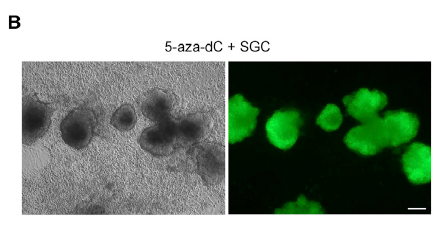
Acknowledgements The authors would like to thank Dr. Bradford B. Lowell for providing us with β-less and WT breeding pairs. Funding sources: This work was supported by NIH Grant DK028082 (to E.M.F) and by an Institutional Research Training Grant NRSA 5T32DK751627 (to N.D.). Introduction The e
-
br Materials and methods br Results br
2025-01-14
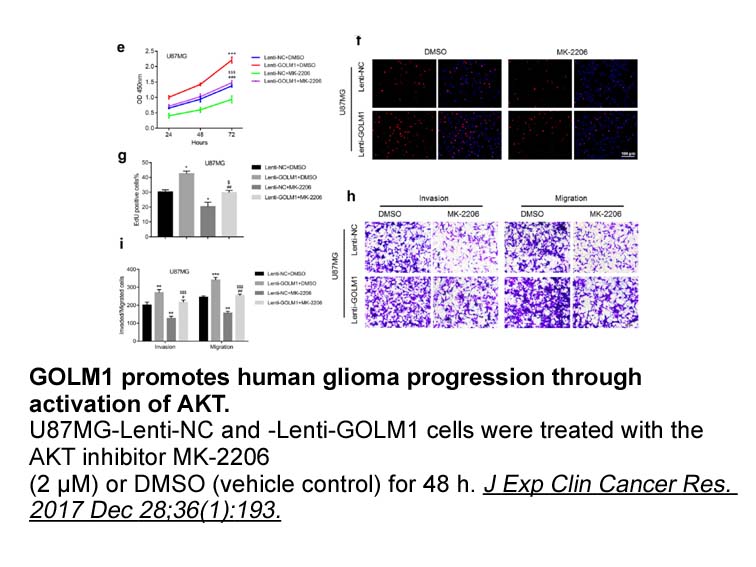
Materials and methods Results Discussion In this study, we observed that PACAP2 immunoreactivity is mainly distributed in the telencephalon, hippocampus, and cerebellum of the zebrafish brain. This distribution pattern is similar to that reported in a previous study in which PACAP immunorea
-
br Conclusion Our study of late life depression provides evi
2025-01-14
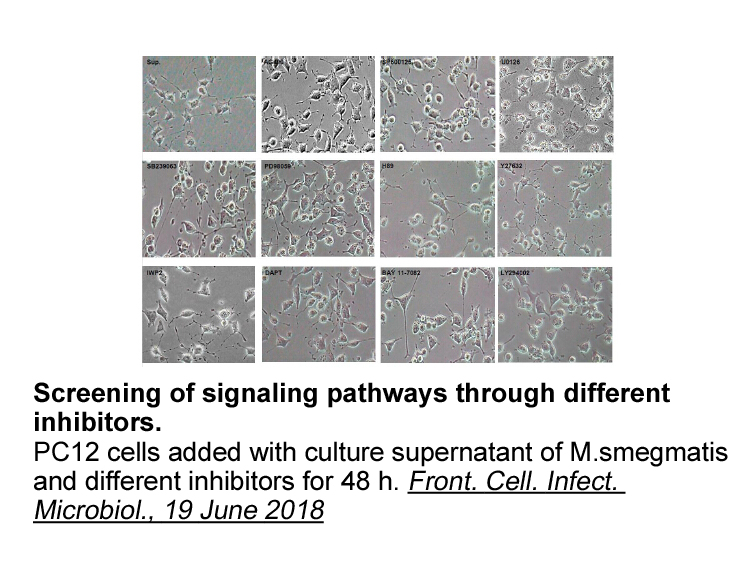
Conclusion Our study of late-life depression provides evidence of genotype-specific associations between depression and ACE methylation, as well as inverse correlations between ACE methylation and 3-hydroxy-4-oxo-1,2,3-benzotriazin-4-one secretion. These findings highlight the potential need to c
-
The obtained results indicate that even when the
2025-01-14
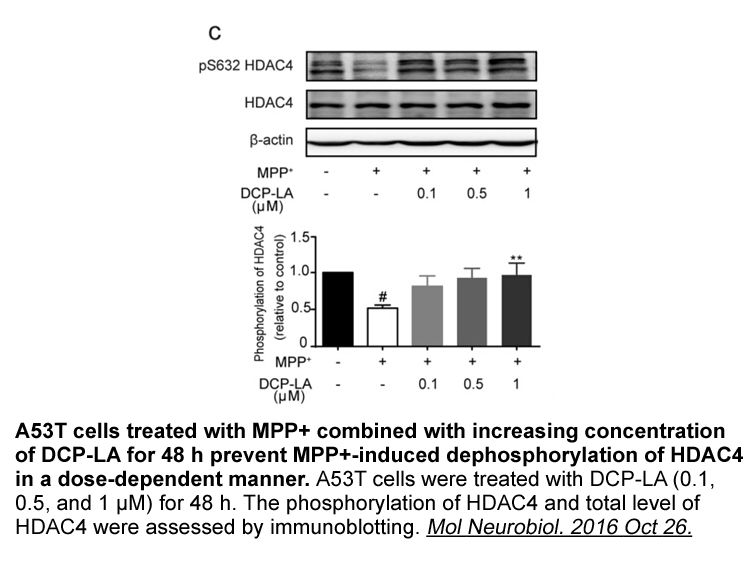
The obtained results indicate that even when the impairment of the same forms of memory are present, amnesia can develop in different ways. Impairment of memory reconsolidation in the conditioned food aversion model through both the serotonin receptor antagonist and the antagonist of NMDA glutamate
-
The original Aurora kinase was identified during
2025-01-14
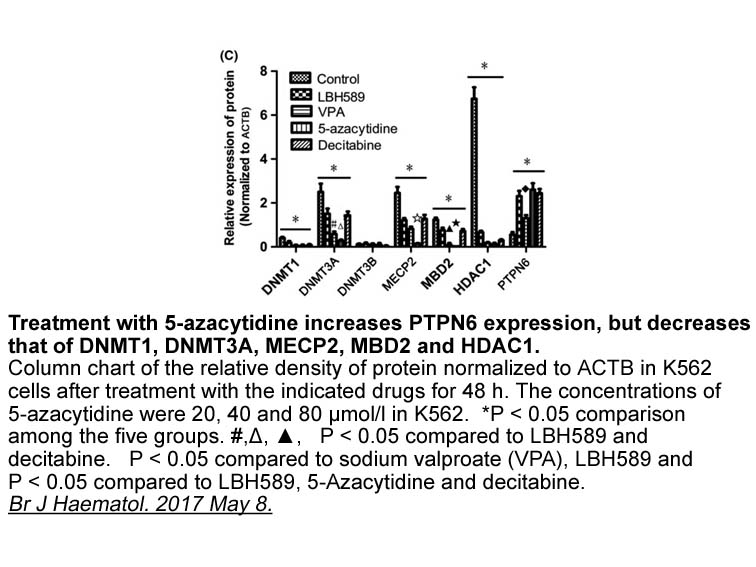
The original Aurora kinase was identified during a phenotypic screen for defects in mitotic spindles in Drosophila mutants. Aurora mutants were so named because of the morphological defects at the mitotic spindle resembling the Aurora borealis, or the Northern light [4]. The structure of the Auroras
-
br Aurora A Aurora B and Aurora C small molecule
2025-01-14
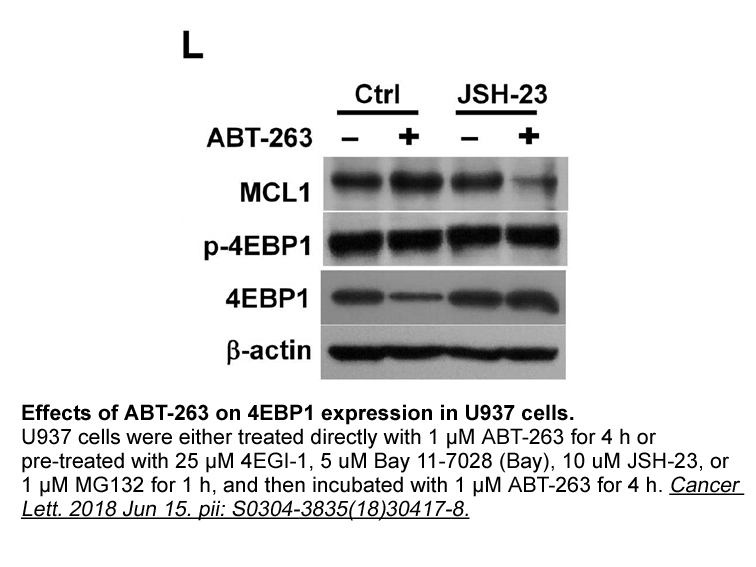
Aurora-A, Aurora-B and Aurora-C small molecule inhibitors Nicholas et al. described phenotypic cellular screening of new highly potent and selective class of Aurora kinase inhibitors. Fragment based approach was utilized; core structure of 57 (Fig. 5) was optimized and selective inhibitor 58 (Fig
16011 records 30/1068 page Previous Next First page 上5页 2627282930 下5页 Last page